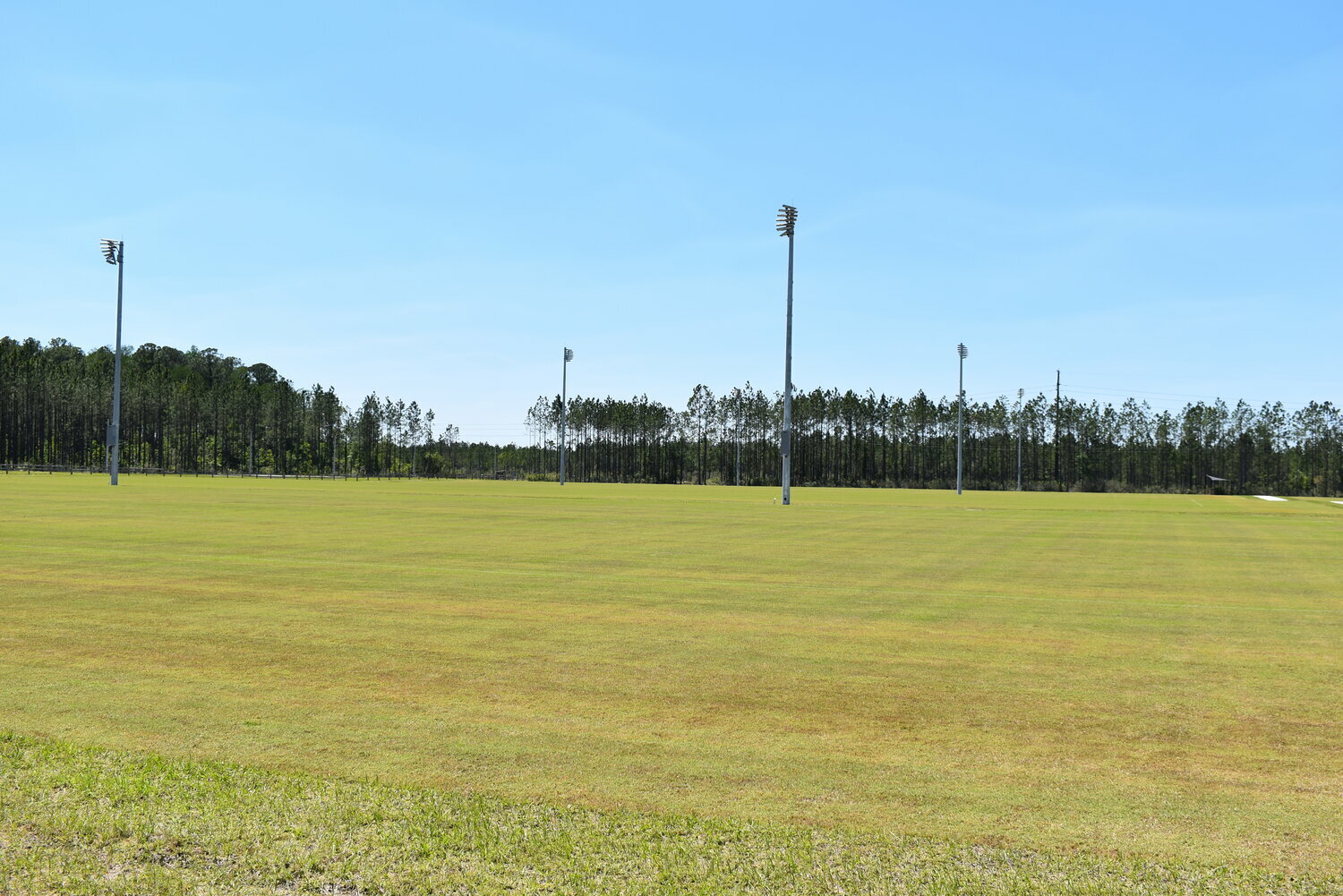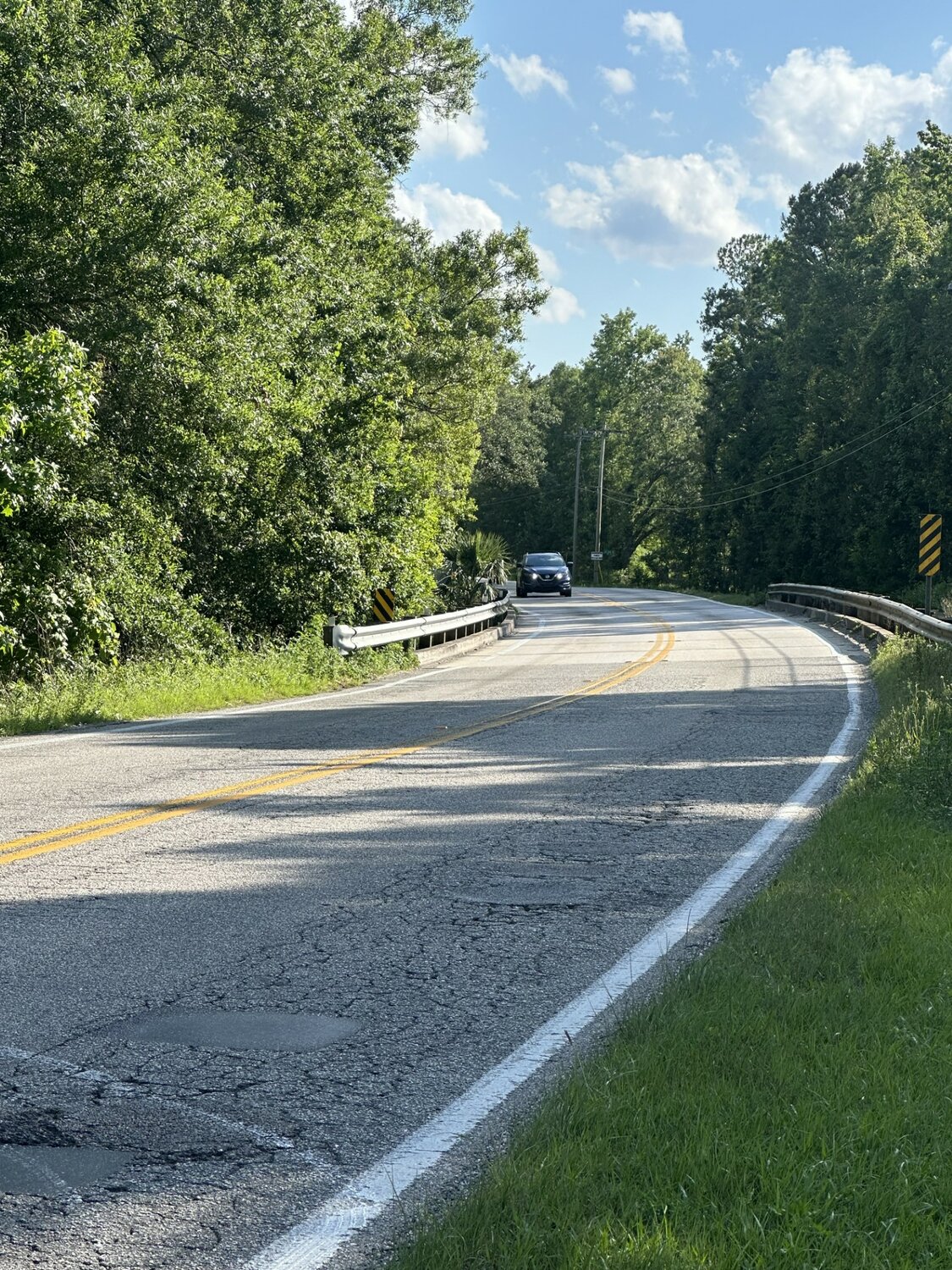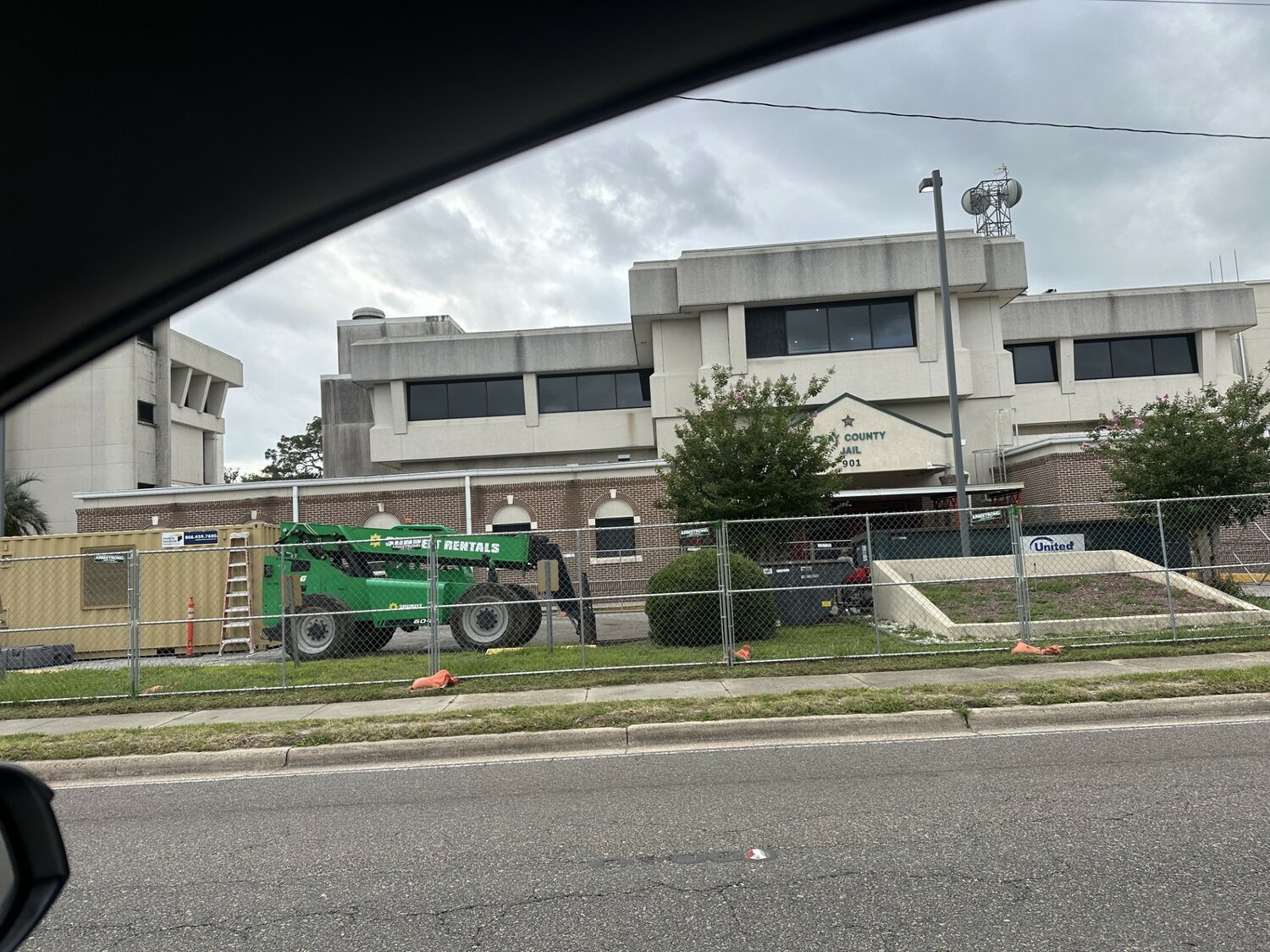The never-ending search for money
Grant departments always on the lookout to fund local projects
CLAY COUNTY – Without grants, too many residents would never see a doctor, eat, or get new clothes. Without grants, Rob Bradley Conservation Park, a green space on Doctors Lake with picnic tables, …
This item is available in full to subscribers.
Attention subscribers
To continue reading, you will need to either log in to your subscriber account, below, or purchase a new subscription.
Please log in to continueDon't have an ID?Print subscribersIf you're a print subscriber, but do not yet have an online account, click here to create one. Non-subscribersClick here to see your options for subscribing. Single day passYou also have the option of purchasing 24 hours of access, for $1.00. Click here to purchase a single day pass. |
The never-ending search for money
Grant departments always on the lookout to fund local projects
CLAY COUNTY – Without grants, too many residents would never see a doctor, eat, or get new clothes.
Without grants, Rob Bradley Conservation Park, a green space on Doctors Lake with picnic tables, a dock, and a kayak launch, wouldn't exist.
Without grants, the county wouldn’t be able to remodel and expand its jail, build new fire stations, construct a one-of-a-kind sports complex that’s attracted thousands of athletes in its first three months, move into new Health Department offices, build new pickleball courts, build on one of the best opioid treatment programs in the state or make overdue repairs to roadways.
Without grants, residents would have two choices: go without the improvements or pay higher taxes.
And since the county has grants worth $106 million working across the board for several years, that’s a considerable saving – and benefit – for everyone.
The key is finding the money and then getting it.
The pandemic created a pair of slush funds that municipalities can focus on getting their shares. Bigger cities and counties created grant departments; smaller towns usually assigned the responsibilities to city and town managers.
Along with community-based nonprofits, they all pitched for millions.
“We all work together,” said the Clay County Grants Program Director Megan Covey. “The goal is to understand the county’s projects, what the municipalities' projects are, and what the nonprofits are because we can all work together to do grant applications. Funders love to see those community partnerships.”
The CARES (Coronavirus Aid, Relief, and Economic Security) Act started the current grant funding research process. President Donald Trump created a $2.2 billion economic stimulus package at the beginning of the pandemic. Joe Biden continued it with his $1.9 trillion ARPA (American Rescue Plan Act).
Clay County received $38.2 million in CARES money, which it spent on public health projects. It also received $42.5 million from ARPA, which was distributed throughout the county for several projects.
Since then, applying for grants has become important for local government funding.
Eleven months ago, the Town of Orange Park got a $7 million grant from the Florida Department of Environmental Protection’s Statewide Flooding and Sea Level Rise Resilience Plan. The grant, titled “Johnson Slough Roadways and Culvert Improvements,” will seek to address infrastructure concerns at Johnson Slough on Plainfield Road, Nelson Drive, Nelson Drive South and Carnes Street via roadway improvements, culvert replacement and improvements and improvements to the project’s overall design, according to Public Works Director Kyle Croce.
That grant is about one-third of the town’s annual budget.
“It’s a lot of money. It’s big, considering the size and population of the town,” Croce said. “I’m excited. Words cannot express it. This community has great support, and together, we’re working towards those goals.”
Last September, Keystone Heights got $219,723 from the Florida Department of Environmental Protection Agency for Smysor Park, while Green Cove Springs had to put up $4,500 in matching funds to receive a total of $5,110,903 for three projects at the Nature Preserve.
As construction nears completion for The Way Medical Center on College Drive in Orange Park, CEO Don Fann said the nonprofit, which provides free medical and dental care to the underinsured or without insurance, wouldn’t be possible without grants.
“About 70% of our revenues come from grants,” he said. “In addition to applying to state and federal, the county is also working on your behalf. The county has developed an excellent grant-writing capacity. They’re constantly looking for opportunities to access grant funds that aren’t accessible to the private sector. What the county is doing is a tremendous help going forward.”
The county has also secured ARPA funds for charitable organizations such as Waste Not Want Not, Challenge Enterprises, The Clothes Closet and Food Pantry, Lake Area Ministries, and Mission of the Dirt Road.
Other grant money obtained has been earmarked for new fire stations, playgrounds, street improvements, a jail expansion and improvement, historic courthouse restoration, the Community Paramedicine Program, emergency management and the completion of the Clay County Regional Sports Complex.
The 250-acre park on State Road 21 near SR 16 has eight multi-purpose fields, and it was financed by $3 million in legislative matching funds and $2.5 million in legislative appropriations.
“This will be a first for Clay County and Northeast Florida,” said County Commissioner Betsy Condon. “This facility is a great investment for Clay County,” she said.
Another significant project will be widening County Road 220 in Middleburg from Knight Boxx Road to Shamrock Drive. The work will include expanding the roadway to four lanes and adding a bicycle lane and sidewalk.
Covey said the county will become more creative as the competition increases for grant dollars.
“We learn more and more every year about how we can positively impact the communities here in Clay County,” she said.












